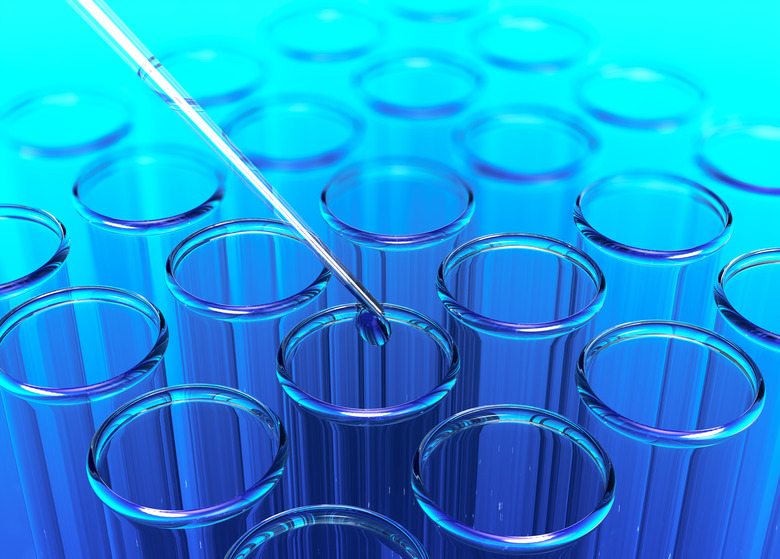How To Calculate The Normality Of HCL
Normality of a solution determines the concentration of solutes in the solution. It is expressed as number of equivalents per litre. (Normality = gram equivalents/ litres solution). The easiest way to find normality is from molarity. All you need to know are how many moles of ions dissociate. Normality can also be calculated by multiplying molarity with gram equivalent Normality (N) = Molarity(M) x Equivalent (N/M).
1. Find Equivalent of HCI
First, determine the equivalent of HCl. An equivalent is the number of moles of hydrogen ions one molecule of an acid will donate or one mole of base will accept.
Equivalent of HCl= 1 (as each molecule of HCl will donate only one mole of hydrogen ion)
2. Consider Example
For example, let's consider 2M solution of HCl.
Gram equivalent of HCl is 1 Normality (N) = Molarity(M) x Equivalent(N/M) Normality = 2 x 1= 2N
3. Remember Rule
For all solutions which have gram equivalent value of 1, the normality of the solution is always equal to the molarity of the solution.
TL;DR (Too Long; Didn't Read)
Normality is not an appropriate unit of concentration in all situations. It requires a defined equivalence factor and is not a set value for a chemical solution. The value of normality can change according to the chemical reaction under examination.
References
Cite This Article
MLA
Bansal, Nitu. "How To Calculate The Normality Of HCL" sciencing.com, https://www.sciencing.com/calculate-normality-hcl-6955309/. 4 June 2018.
APA
Bansal, Nitu. (2018, June 4). How To Calculate The Normality Of HCL. sciencing.com. Retrieved from https://www.sciencing.com/calculate-normality-hcl-6955309/
Chicago
Bansal, Nitu. How To Calculate The Normality Of HCL last modified March 24, 2022. https://www.sciencing.com/calculate-normality-hcl-6955309/
